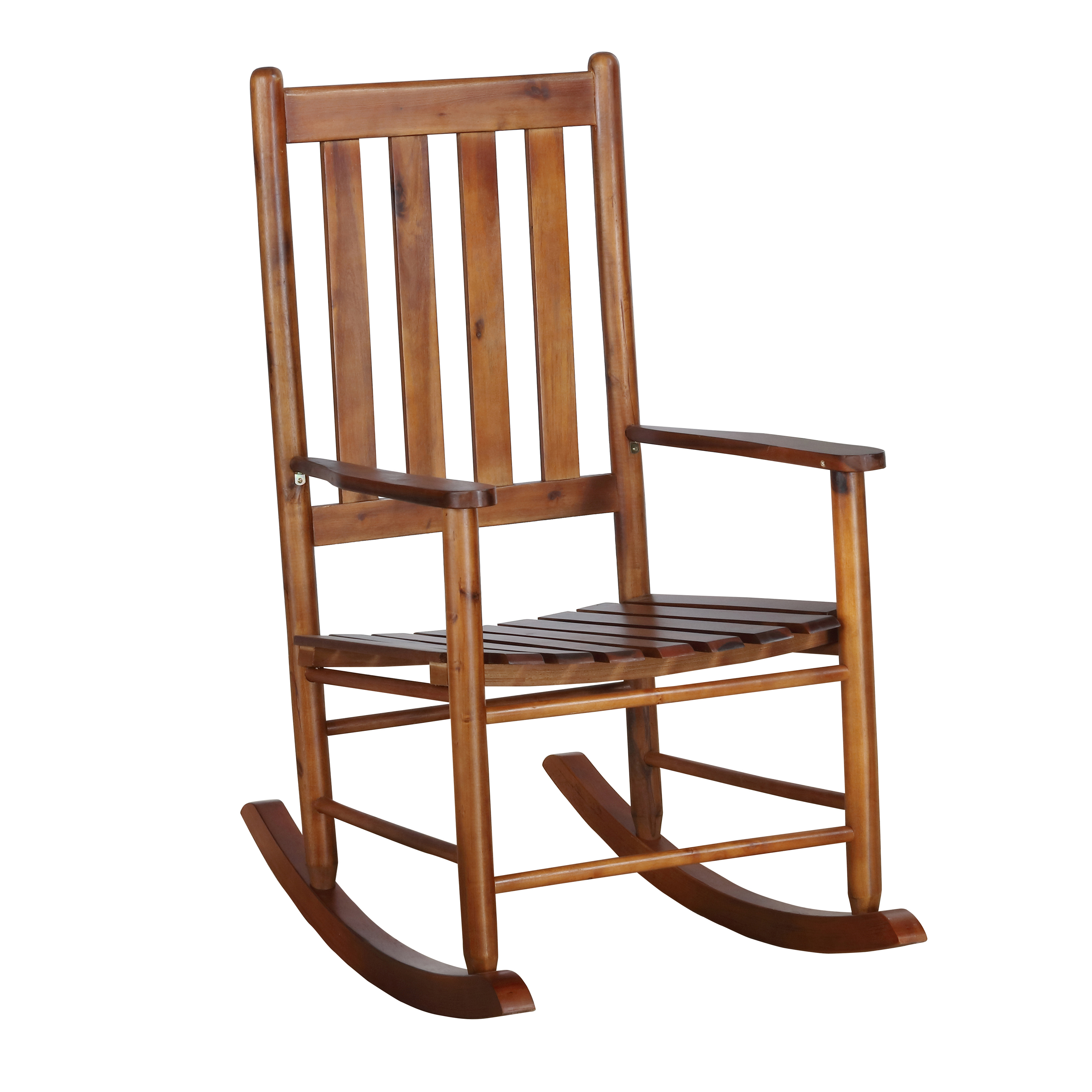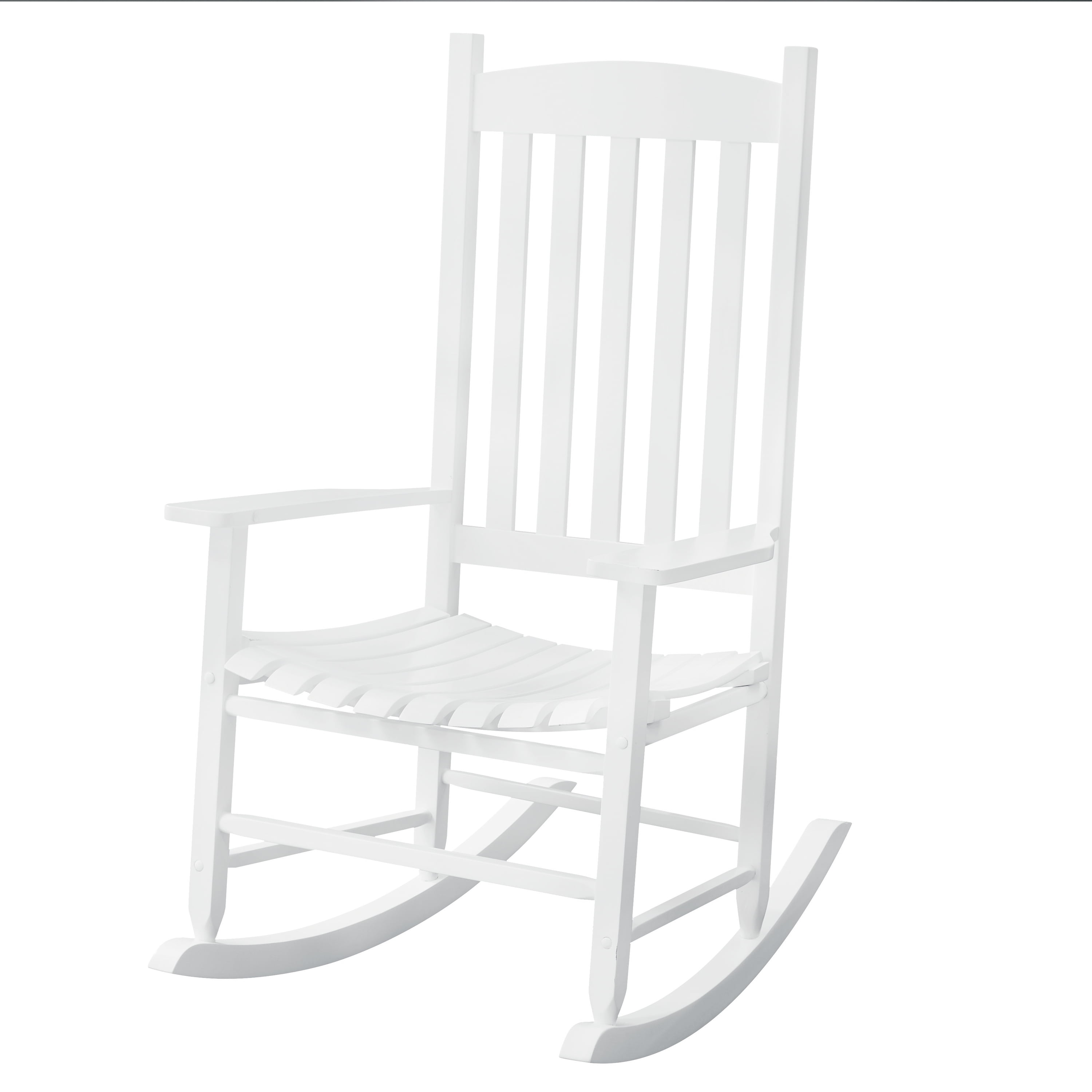Manufacturing and Materials: Wood Slat Rocking Chair

Crafting a high-quality wood slat rocking chair involves a meticulous process, from selecting sustainable materials to the final finishing touches. Understanding this process is key to appreciating the craftsmanship and longevity of these iconic pieces of furniture. The choice of wood, manufacturing techniques, and finishing treatments all significantly impact the chair’s durability, aesthetic appeal, and environmental footprint.
The manufacturing process typically begins with sourcing the wood. This often involves selecting sustainably harvested lumber from responsible forestry operations, a critical step in minimizing the environmental impact. Different wood species offer varying properties; some are known for their strength and durability, while others are prized for their aesthetic qualities. Once the lumber is sourced, it’s carefully milled to the precise dimensions required for the chair’s slats, legs, and rockers. Advanced Computer Numerical Control (CNC) machinery is frequently used for precision cutting and shaping, ensuring consistency and minimizing waste. The individual components are then carefully assembled, often using traditional joinery techniques like mortise and tenon joints for strength and longevity. Finally, the chair undergoes finishing, which can involve sanding, staining, sealing, and painting, enhancing both the appearance and the protection of the wood.
Wood Sourcing and Environmental Impact
Sustainable wood sourcing is paramount for environmentally conscious manufacturers. This involves choosing wood from responsibly managed forests certified by organizations like the Forest Stewardship Council (FSC). FSC certification ensures that the wood comes from forests managed according to strict environmental and social standards, promoting biodiversity and responsible forest management. Hardwoods like oak and ash are popular choices for their durability, but their sourcing must be carefully considered. Fast-growing, sustainably harvested softwoods like pine can offer a more environmentally friendly alternative, depending on the specific application and desired aesthetic. The manufacturing process itself can also impact the environment. Minimizing waste through efficient cutting techniques and utilizing reclaimed wood are key strategies for reducing the environmental footprint. Water-based finishes are often preferred over solvent-based ones due to their lower toxicity and reduced volatile organic compound (VOC) emissions.
Innovative Design Features
Several innovative design features enhance the comfort, durability, and sustainability of wood slat rocking chairs. These improvements often involve incorporating modern materials and techniques while maintaining the traditional aesthetic.
- Ergonomically designed slats: These slats are shaped to better conform to the human body, improving comfort and support.
- Curved rockers: Optimized rocker curves provide a smoother, more comfortable rocking motion.
- Reinforced joints: Using techniques like doweling and glue, along with robust joinery, strengthens the chair’s structure, increasing its lifespan.
- Sustainable materials: Incorporating recycled or reclaimed wood in the construction reduces waste and environmental impact.
- Adjustable footrests: Allowing users to adjust the footrest height increases comfort and accommodates various body sizes.
Finishes and Treatments, Wood slat rocking chair
The finishing process significantly impacts the appearance and longevity of a wood slat rocking chair. Sanding smooths the surface, preparing it for the application of stains, paints, or sealants. Stains penetrate the wood, enhancing its natural grain and color, while paints provide a more opaque finish. Sealants, such as polyurethane or varnish, protect the wood from moisture, UV damage, and wear, extending the chair’s lifespan. The choice of finish depends on the desired aesthetic and the level of protection required. Oil-based finishes offer excellent durability but have higher VOC emissions compared to water-based options. Water-based finishes are becoming increasingly popular due to their lower environmental impact and ease of application. The application of multiple coats of finish enhances both the protection and the depth of color.
Care and Maintenance

Proper care and maintenance are crucial for extending the life and preserving the beauty of your wood slat rocking chair. Regular cleaning and attention to detail will prevent damage and ensure your chair remains a comfortable and stylish addition to your home for years to come. Ignoring these aspects can lead to premature wear and tear, requiring costly repairs or even replacement.
Cleaning and Maintaining Wood Slat Rocking Chairs
Regular dusting is the first line of defense against dirt accumulation. Use a soft, dry cloth or a feather duster to remove loose dust and debris weekly. For more thorough cleaning, use a slightly damp (not wet) cloth with a mild, wood-specific cleaner. Always test any cleaner on an inconspicuous area first to ensure it doesn’t damage the finish. Avoid harsh chemicals, abrasive cleaners, and excessive moisture, which can damage the wood and finish. After cleaning, dry the chair thoroughly with a soft, clean cloth. For stubborn stains, consider using a specialized wood cleaner following the manufacturer’s instructions.
Addressing Common Problems
Scratches are common on wooden furniture. Minor scratches can often be buffed out with a fine-grit sandpaper (220 grit or higher) followed by the application of a wood polish or furniture wax that matches the finish. For deeper scratches, wood filler might be necessary. Match the filler to the wood color as closely as possible, allow it to dry completely, and then sand and polish to blend seamlessly. Cracks, on the other hand, require a more delicate approach. Small cracks can sometimes be repaired with wood glue, clamping the pieces together until the glue dries. Larger cracks may require professional repair. Loose slats are a common issue, often caused by wood expansion and contraction due to changes in humidity. Tighten loose screws or use wood glue to re-secure the slats. If the slat is significantly damaged, replacement may be necessary.
Recommended Cleaning Products and Tools
Choosing the right cleaning products is essential for maintaining your rocking chair’s finish. For most wood types, a mild dish soap solution (a few drops in warm water) is sufficient for routine cleaning. For harder woods like oak or maple, a slightly stronger cleaner formulated for wood furniture can be used. However, for softer woods like pine or cherry, always opt for a gentler, non-abrasive cleaner. Avoid ammonia-based cleaners, as these can damage the wood finish.
- Soft cloths: Microfiber cloths are ideal for dusting and cleaning.
- Feather duster: Effective for removing loose dust and debris.
- Mild dish soap: Suitable for most wood types for routine cleaning.
- Wood-specific cleaner: Choose a cleaner formulated for your specific wood type and finish.
- Fine-grit sandpaper (220 grit or higher): For minor scratch repair.
- Wood filler: For filling deeper scratches or cracks.
- Wood glue: For repairing loose slats or minor cracks.
- Wood polish or furniture wax: To protect and enhance the finish.
